Will America Follow Utah in Changing Its Drunk Driving Limit?
A growing number of states are considering lowering the drunk driving limit from the current standard of 0.08% blood alcohol concentration (BAC). This move aligns with Utah’s decision in 2018 to reduce its legal limit to 0.05%, a change credited with reducing crashes and alcohol-related incidents. Campaigners argue that following Utah’s lead could save lives, while opponents raise concerns about its broader implications.
The Push to Lower the Limit
Utah became the first U.S. state to lower its drunk driving limit to 0.05%, citing evidence that even small amounts of alcohol impair driving. Studies conducted after the change showed fewer crashes and a reduction in alcohol-related fatalities. This success has inspired other states, such as Hawaii and Washington, to propose similar legislation. Hawaii’s state Senate recently passed a bill to lower the limit, which now awaits consideration by the lower house.
Advocates, including organizations like Mothers Against Drunk Driving (MADD), emphasize that the lower limit deters impaired driving by discouraging people from drinking and driving altogether. They argue that a 0.05% BAC standard aligns with international norms, as many European countries have long adopted this threshold. Supporters believe this change represents a cost-effective and impactful way to improve road safety.
Concerns About Overreach
Opponents of lowering the drunk driving limit worry it may criminalize responsible drinkers who consume alcohol moderately. Hawaii’s Office of the Public Defender has voiced opposition, arguing the change would unfairly penalize individuals who limit themselves to one or two drinks over an evening. They maintain that most severe alcohol-related crashes involve drivers with much higher BAC levels, well beyond 0.08%.
Critics also question whether lowering the limit would significantly reduce road fatalities. They argue that enforcement efforts should focus on habitual offenders and those who flagrantly disregard existing laws. The concern is that spreading law enforcement resources too thin could undermine efforts to tackle more serious violations.
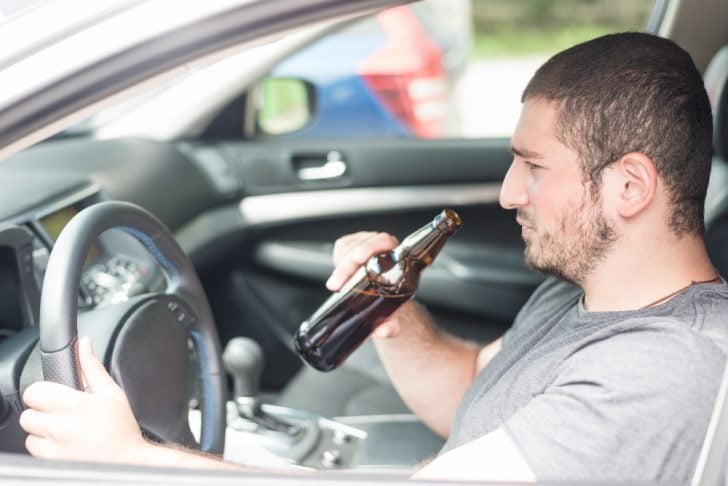
Freepik | Opponents of lowering the drunk driving limit worry it may criminalize responsible drinkers who consume alcohol moderately.
The Case for Deterrence
Campaigners counter these arguments by pointing to studies showing that even a BAC between 0.05% and 0.079% increases the likelihood of fatal crashes. The National Highway Traffic Safety Administration (NHTSA) found a measurable decline in crashes in Utah after its implementation of the 0.05% limit. Advocates like MADD emphasize the deterrent effect, stating that the lower limit encourages individuals to plan ahead and seek alternatives to driving after drinking.
MADD has faced similar resistance in the past when advocating for the 0.08% limit decades ago. Despite initial opposition from the alcohol industry, the standard is now widely accepted. Campaigners see parallels in the push for 0.05% and remain confident about its potential to improve safety.
Legislative Challenges
Efforts to lower the BAC limit face significant hurdles in state legislatures. While Hawaii’s proposed bill has gained traction, it has stalled in previous years. Similarly, a bill in Washington state remains in committee without a vote scheduled. Advocates say that motivating lawmakers to prioritize such measures is often a challenge despite growing grassroots support.
States like New York and Connecticut are also exploring the possibility of adopting the 0.05% limit. Campaigners hope these efforts will build momentum for broader adoption across the country. They argue that a unified approach would send a clear message about the dangers of impaired driving and reinforce the importance of public safety.
More inDriving
-
`
10 Weird Cars That Turned Heads and Won Hearts
Some cars turn heads with speed, others with luxury—but a rare few grab your attention simply by being delightfully strange. From...
June 20, 2025 -
`
Next-Gen Jeep Cherokee Expected to Arrive by Late 2025
After a break of two years, Jeep is prepared to relaunch the Cherokee brand. The automaker confirmed the return with fresh...
June 12, 2025 -
`
9 Tips to Make Night Driving Safer and Less Frightening
Once the sun dips below the horizon, driving becomes more than just a commute—it becomes a challenge. Limited visibility, harsh glares,...
June 6, 2025 -
`
The Impact of AI on Middle Management and Leadership Dynamics
Artificial intelligence is reshaping modern management practices. While intended to streamline tasks like approving time off or managing internal applications, its...
May 31, 2025 -
`
Car Insurance Rates Were Set to Fall—Then Tariffs Changed the Game
For many drivers, there was reason to hope for some relief on car insurance costs this year. After a strong performance...
May 25, 2025 -
`
Tesla Robotaxi Service to Launch Soon – How Will It Affect Tesla Stock?
Tesla’s stock continues to go up as the business gets ready to launch its long-awaited robotaxi service. Scheduled for June in...
May 16, 2025 -
`
How the U.S. Government Plans to Ease Safety Rules for Self-Driving Vehicles
Something subtle but seismic just happened in the world of autonomous vehicles: U.S. regulators quietly peeled back some of the old...
May 9, 2025 -
`
Wedding Photographer Shares Life-Changing Tip for Grooms
Weddings often carry a mix of nerves and excitement, especially for the groom standing moments away from seeing his partner in...
May 2, 2025 -
`
5 Strategies to Save on Car Insurance as Tariffs Drive Prices Up
As trade tensions escalate, car insurance premiums are heading in the same direction. The new 25% tariffs on vehicles and auto...
April 27, 2025



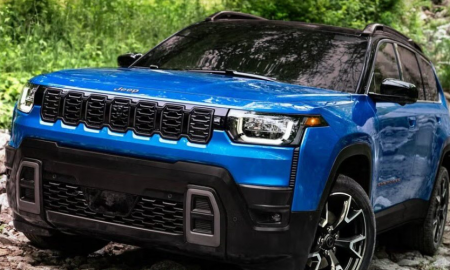
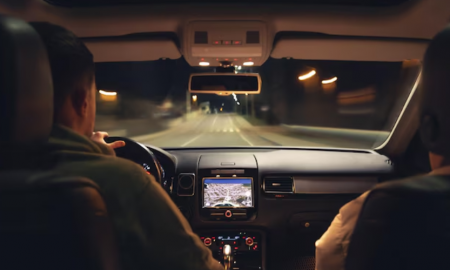





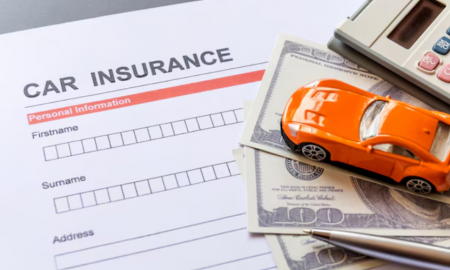

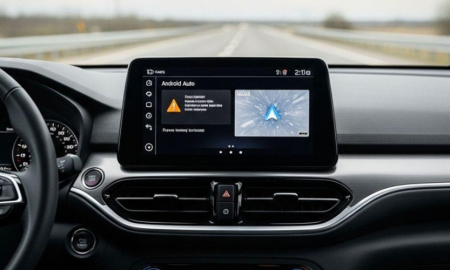
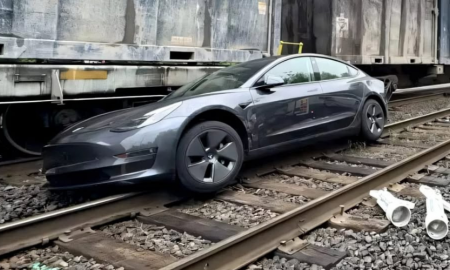


You must be logged in to post a comment Login